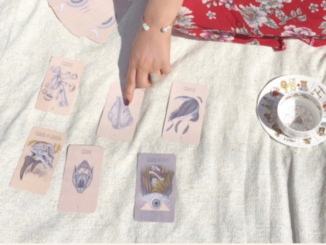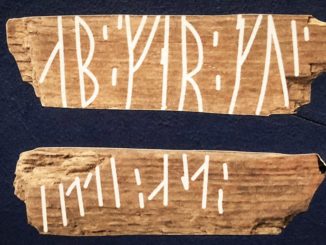
The history of Facade Tarot reading goes back to the middle of the fifteenth century. Originally, tarot cards were used to play games and it was not until the late eighteenth century that they were used as divinatory tools by spiritualists and occult authorities. In fact, even today, tarot cards are still used primarily for games in some European countries.
Early appearance (1400s)
Tarot first was known by the name “Tarocco” in Milan, Italy, and the first known deck was believed to be created for the Vicsconzi-Sforza family. The cards in this particular deck are believed to represent figures from a local annual parade. Further experts theorize that early figures from the Major Arcana were designed to symbolize colorful characters that Italian nobles would recognize. There are very few surviving decks from this time period, though references do exist to Tarocco.
Transition (1700s)
The practice of tarot card reading for divination purposes is believed to begin in the late eighteenth century. Count de Gebelen, a prominent occultist, saw meaning and symbolism in a Marseilles Deck relating to Egyptian arcane knowledge, a subject that he had studied extensively. His work, “Le Monde Primitiv,” was one of the earliest known studies in Tarot. His heavy emphasis on arcane Egyptian matters can be attributed to Europe’s obsession with Egyptian history at that time.
Rise to prominence (1800s)
In the nineteenth century, Eliphas Levi (also known as Alphonse Louis Constant), a disenchanted priest-in-training, began to study occult and mystic forces. He began to research Tarot cards exclusively, and theorized that Tarot was connected to Kabalah (the Hebrew mystic order of life) and was a key towards finding heaven.
Further research into Tarot was conducted by the Hermetic Order of the Golden Dawn, a late nineteenth century alchemy and occult organization, whose members included two future Tarot deck creators: Aleister Crowley and Arthur Edward Waite. Crowley’s Thoth Tarot deck was heavily symbolic, textured, and rooted in mysticism. Waite’s Rider-Waite Tarot deck, on the other hand, is based on storytelling, and relies on the interpretation of symbols for its divinations. It is the Tarot deck most commonly used today for Facade Tarot Readings.
Ultimately, Facade Tarot reading has overcome its humble beginnings to become a tool of divination associated with great foresight and wisdom. From kings and queens of Europe in the past to spiritualists across the world today, students of tarot know that its history tells the story of a great power for good.
Proudly WWW.PONIREVO.COM



